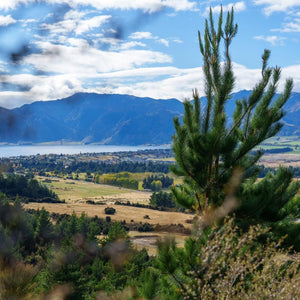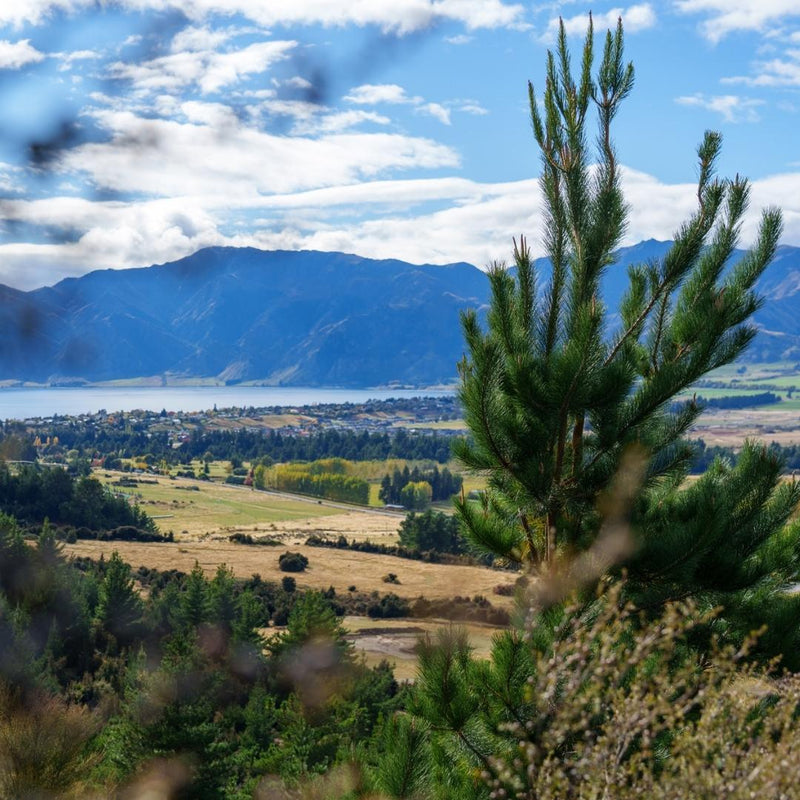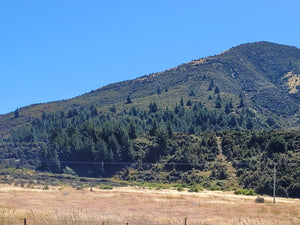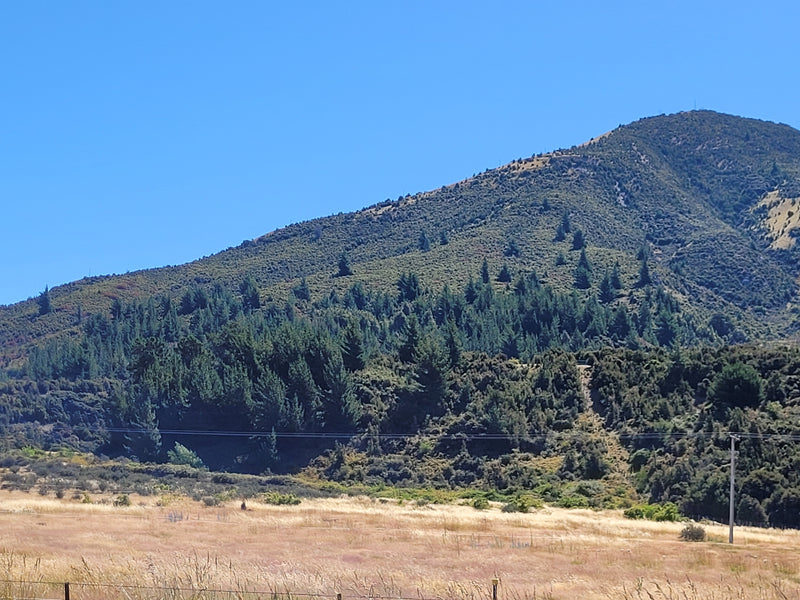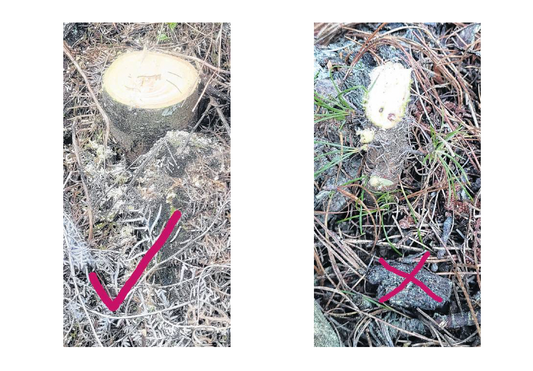The Upper Clutha Wilding Tree Group works with community groups and experienced contractors in the Wānaka and Hāwea areas to protect NZ native ecosystems and biodiversity from the threat of invasive plants like wilding conifers.
Who are we?
As a community- led, non-profit organization we support the conservation and preservation of
native ecosystems, including our tussock grasslands and our wider landscapes in the Upper Clutha. The group formed in 2022 in response to the ever-increasing threat posed by wilding conifers growing in our region.
Our group is focusing its efforts throughout the Wānaka and Hāwea areas where wilding conifers are recognised as a major threat under the Otago Regional Council Regional Pest Management Plan.
As one of New Zealand’s significant pest plants, wilding pines (sometimes referred to as wilding conifers) are introduced, self-seeded trees growing without any natural barriers where they are not wanted. The main wilding pine threat in the Upper Clutha area is from Douglas Fir, Lodgepole/Contorta Pine, Corsican Pine and Radiata Pine. People are the last line of defence in their onward spread. Assisted by the wind, their seeds are wing-shaped and can disperse for many kilometres. The resulting wilding trees can dramatically alter the natural biodiversity of our landscape.
Wilding pines relate to at least 10 species that have been introduced to New Zealand since the 1800’s. In New Zealand’s climate these pines have flourished and spread outside of their original boundaries to numerous areas where they should not be, such as natural reserves, productive farmland and private property. Left unmanaged, they negatively impact the landscapes we love and enjoy most.
Even with current controls in place throughout the country, wilding conifers are still estimated to be spreading at a rate of 5% annually.
-
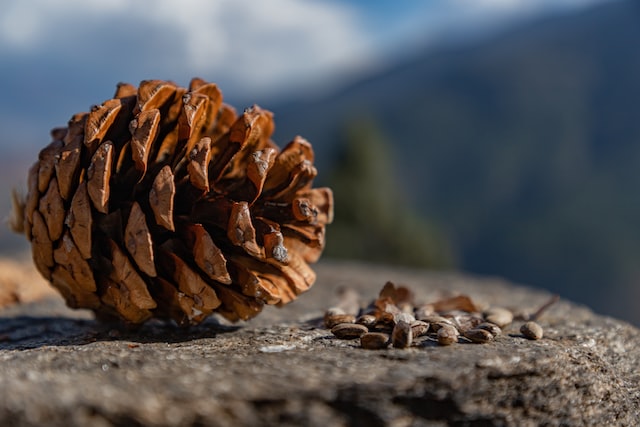
At least twice the rate
They can produce almost 2 – 3 x the number of seeds and grow twice as fast as they do in their native Northern Hemisphere.
-
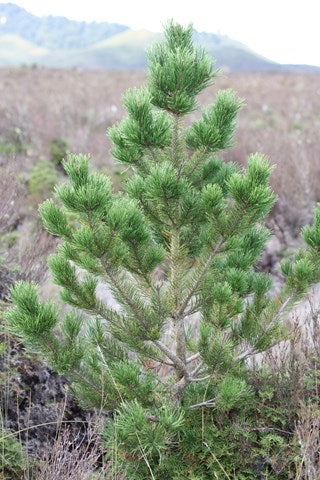
NZ's Number One Pest Plant
The worst offender, Pinus contorta, can produce up to 17,000 seeds per tree per year once it has reached coning age (although it is estimated only around 10% of these become viable). In the right conditions these seeds can travel up to 30 kilometres away from their source.
-
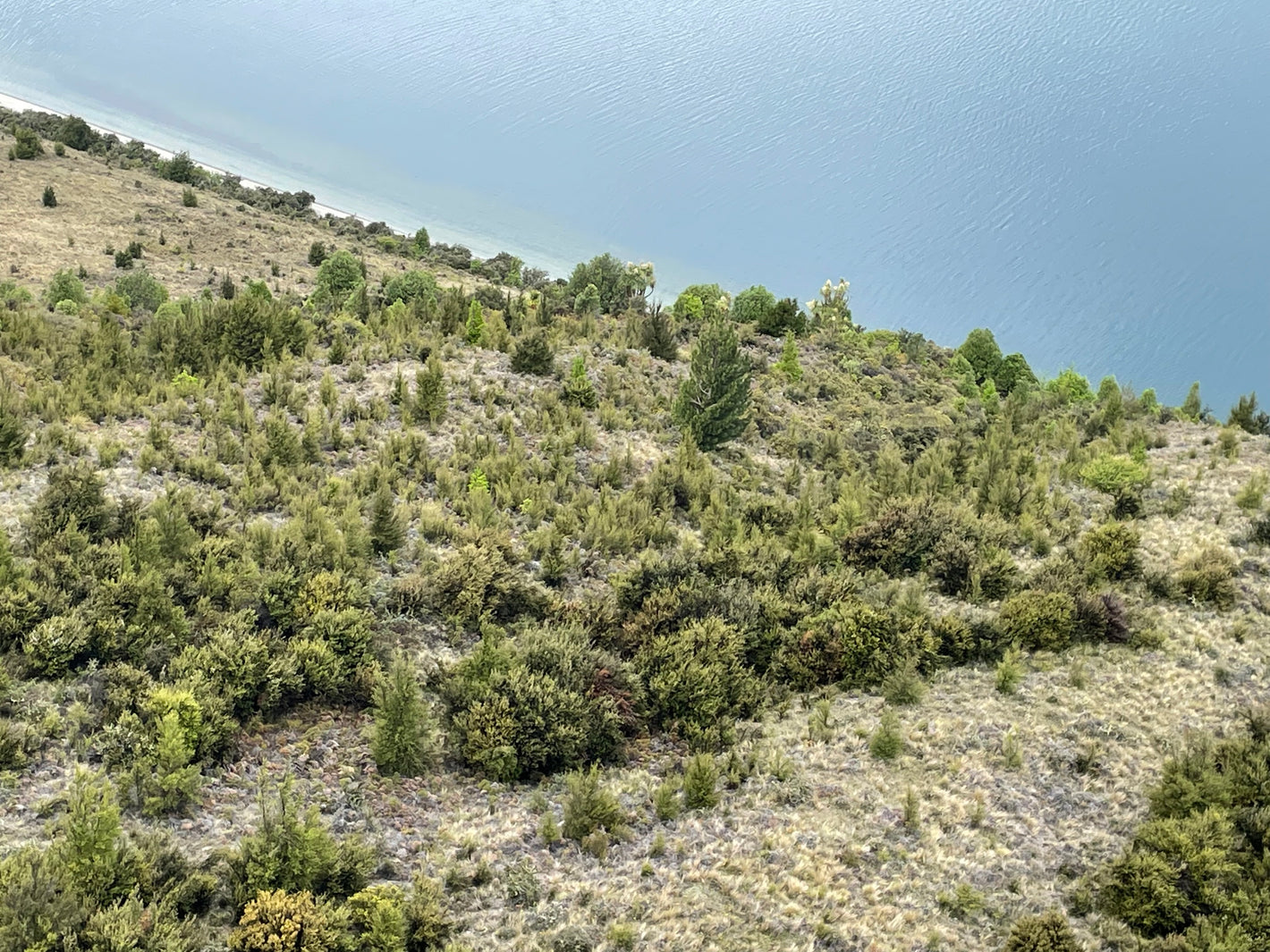
Effective Seed Dispersal
Seeds are wind dispersed and can travel many kilometres from their source invading natural reserves, productive farmland and private land.
-

Our Work
About UsThe Upper Clutha Wilding Tree Group works collaboratively to
protect our outstanding natural landscapes including tussock grasslands and unique indigenous biodiversity from wilding conifer threats, by working to increase awareness of the issue, reduce spread and remove seed sources. -
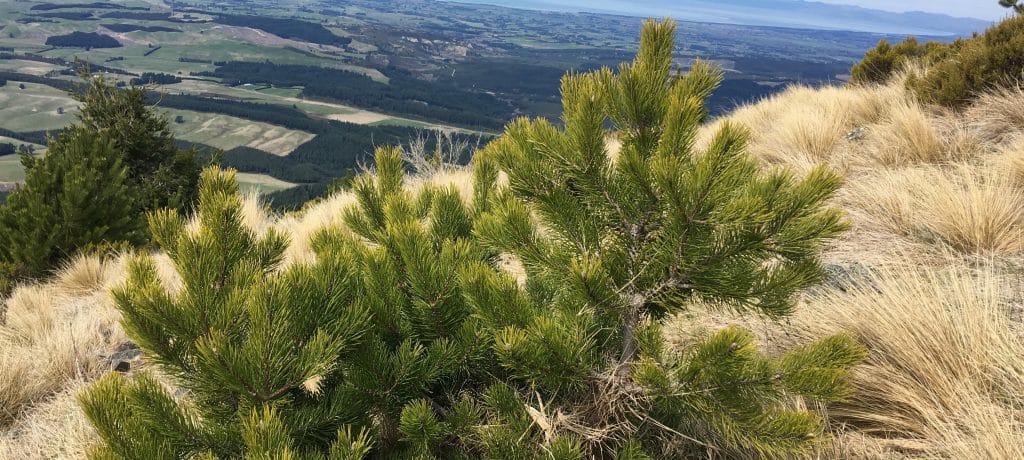
Operational Work
Learn MoreThe Upper Clutha Wilding Tree Group oversees an operational control plan for the Wānaka and Hāwea area, employing a range of control methods including aerial boom spraying in dense areas, aerial basal bark application (lancing ), logging where feasible and removal using arborists and chainsaw crews.
Learn more and help
#preventthespread
@uppercluthawildingtreegroup

